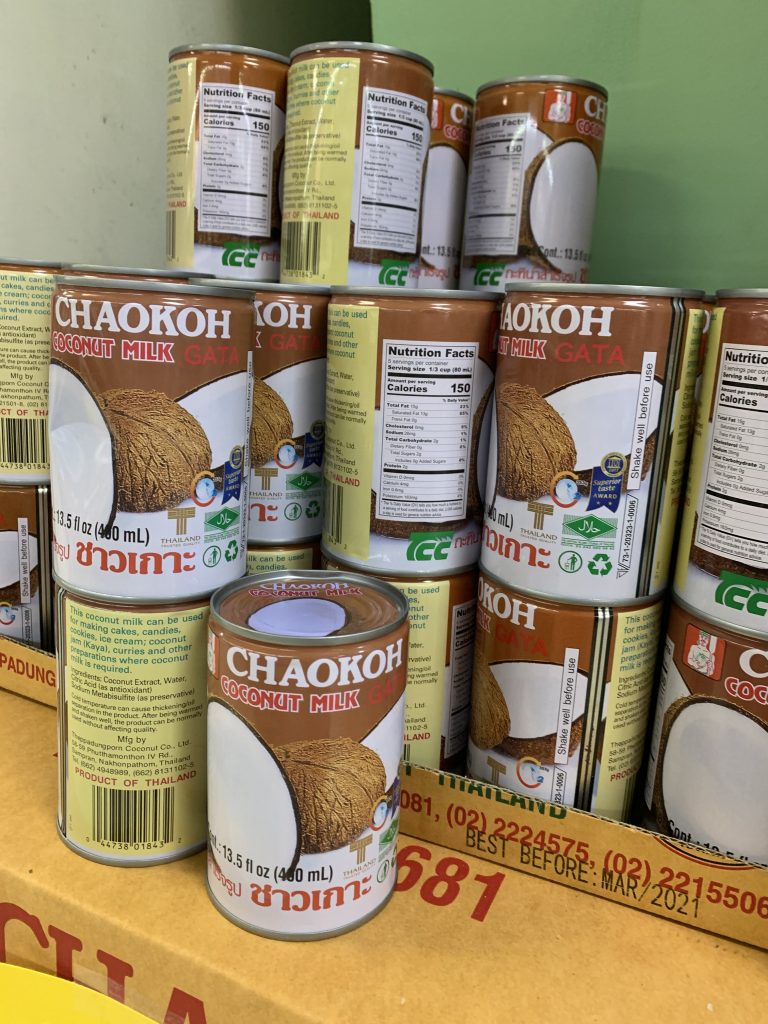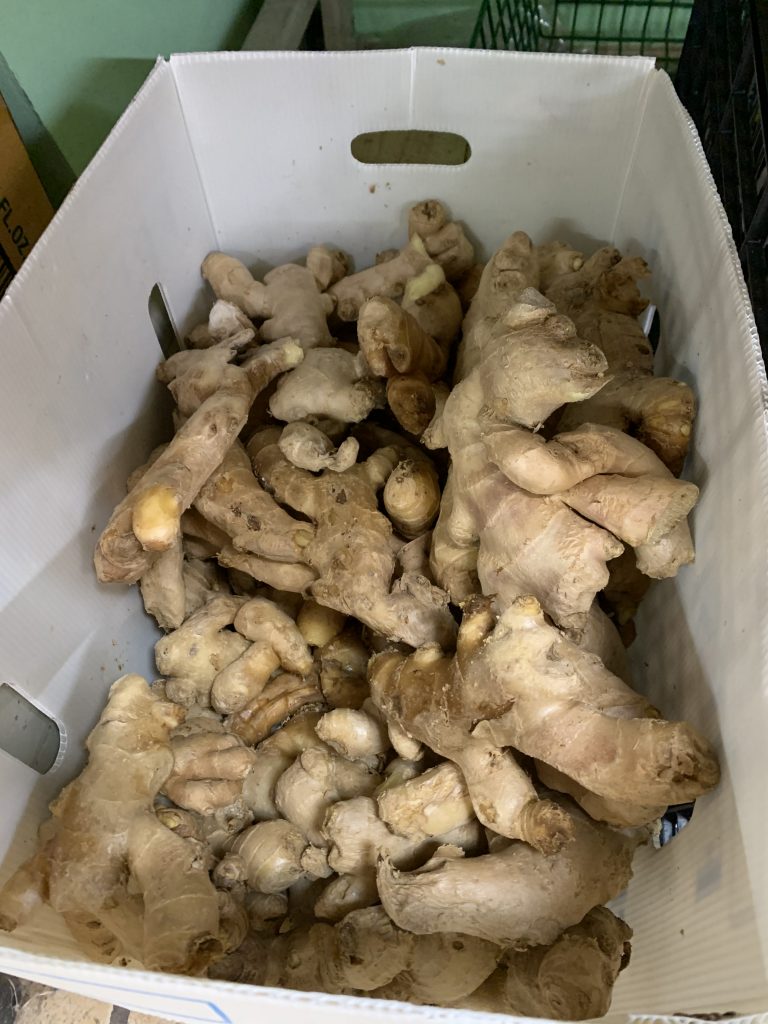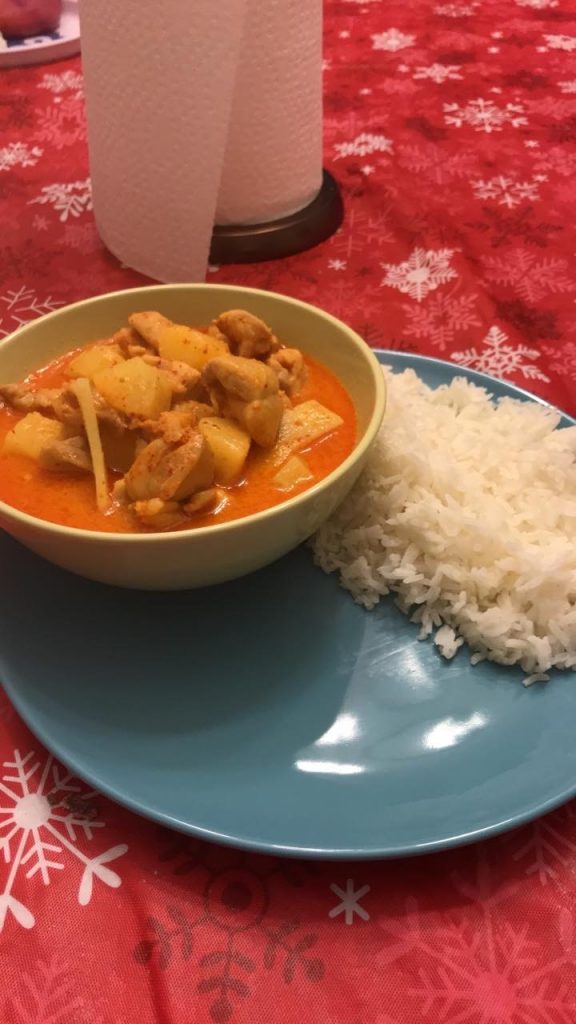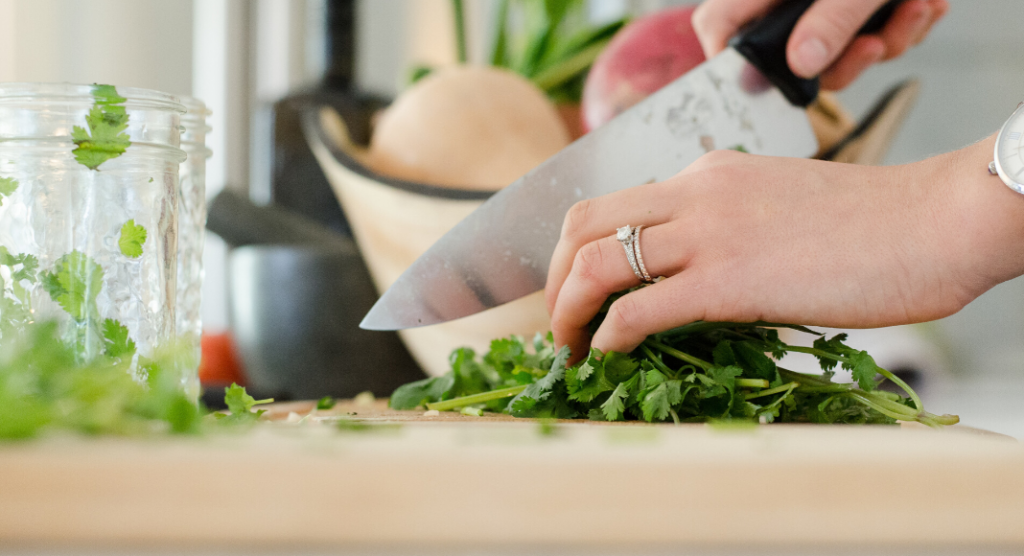It’s no secret that I love cooking. On top of that, I love cooking a wide variety of things – from simple spaghetti or meatloaf to more complicated soups and ethnic dishes. It’s something I enjoy immensely.
One of my favorite cuisines is Asian food. I know this is a wide swath of cultures and food from Thai curries to Vietnamese Pho, and it can seem super intimidating at first. But trust me, once you start, it’s hard to stop!
First, I absolutely want to encourage you to seek out small restaurants with authentic food. Columbia has such a fabulous variety of Asian restaurants to choose from!
For Thai, I love Mai Thai in West Columbia and Kao in the Vista. For Vietnamese, you can’t go wrong with Pho Viet in Five Points or their location on Decker Blvd. Persis and Two Gingers – both on Bush River Road – have delicious Indian food. For Japanese, I tend to go to Inakaya Watanabe on Saint Andrews unless I want the showmanship at Sumo or Miyabi.
One of the things I love about a lot of Asian food, in general, is how easy it is to adapt it to a particular way of eating. Many dishes are very vegetable or plant-forward, so it is super easy to adapt for vegans/vegetarians. Nearly all of it is naturally dairy-free and even gluten-free. It’s a perfect choice if you, or your friends and family, have any dietary restrictions or allergies.
Finding Ingredients and Where to Shop
So, you’ve decided you want to make your favorite Asian dish at home. Where do you begin? Will you need a ton of unfamiliar ingredients?
Not necessarily. You can find much of what you need in your local grocery store, and what you can’t, I’m almost positive you can find it at one of Columbia’s many Asian Markets.
My favorite is the Asian Market behind Dutch Square Mall. It’s large, well-stocked and staffed, and has fresh, frozen, and non-perishable goods. There’s also the 88 Market on St. Andrews, and a variety of shops along Decker Blvd, just to name a few.
Thai food is something I cook often at home. When we lived in Japan, my mother made friends with the Thai wife of one of my dad’s coworkers. From her, we learned how to make a basic curry and a few other things.

Staples in a Thai Kitchen
Here is some information to get you started cooking delicious Asian food in your home.
Coconut Milk – You can find this at any local grocery store. I like to check the ingredients to make sure there are as few as possible. Ideally, you want to see just two ingredients: coconut and water. Sometimes a thickening agent is used. This should not be sweetened at all, and I use the whole fat, not low-fat versions. One, it’s more flavorful, and two, I feel traditional cooks did not use “lite” anything and it feels less authentic.
Coconut Cream – Like coconut milk, you can often find this in the Asian section of the supermarket. I prefer to use coconut cream when I want a thicker, richer sauce. Coconut milk lends itself better to soups and broths. You can use whichever you can find.
Curry Paste – I buy mine at the Asian Market because I go through it so quickly. I tend to look for Thai brands like Mae Ploy or Maesri. There are three primary curry types you might see: Red, Green, and Panang. Red is a very common sort of Thai curry. Green curry is more mild, as far as spice goes, but just as flavorful. Panang is made with peanuts and has a deeper, sweeter flavor and is my personal favorite. You will also see Yellow Curry and a couple of other varieties at an Asian market, but these are less common.

Lime – Many different cuisines have a primary citrus flavor. For Thai food, you see a lot of lime. The acid plays well with the heat and flavor of Thai food. You will see something called Kaffir Lime Leaves in many Thai recipes. These leaves of the Kaffir Lime Tree are incredibly fragrant and lend a wonderful zesty flavor to Thai dishes. They are hard to find locally, though the Asian Market does sometimes carry them in the freezer (you just have to ask) and you can order them on www.nuts.com. If you don’t have any Kaffir Lime leaves, never fear! Use the zest of a lime instead.
Thai Basil – Unlike Kaffir Lime Leaves, Thai Basil is not difficult to find locally. I’ve seen it with the fresh-packed herbs at Walmart, and it grows well in our climate. You can find it among the herbs already growing at Lowe’s Hardware. This is very different from Italian Basil in looks and taste. The leaves are smaller (more like thyme) and purple. The flavor of the leaves is complex, and packs a ton of flavor and heat.
Galangal – This is a ginger relative. You can order it online, or sometimes find it in one of the local Asian Markets. Like my ginger, I keep it in the freezer, shave off the skin, and grate it with a microplane into whatever I’m cooking. Both ginger and galangal freeze well and have similar flavor profiles. If you can’t find galangal locally (I have given up), use ginger instead. Always fresh! Not the powder.

Fish Sauce – I have seen fish sauce at most grocery stores. It is a pungent, umami ingredient. It is not pleasant on its own, but in many recipes, it adds a depth and richness of flavor that can’t be managed with substitutes.
Thai Chile – If you are all about the heat, you need some Thai chile! You can grow your own – like most peppers, they grow incredibly well in our gardens or in pots – or buy some at the Asian Market; they carry them in their fresh section. These tiny peppers pack a lot of heat!
Rice and a Rice Cooker – I use only Jasmine Rice. This fragrant, long grain rice cooks up easily and is a delicious pairing to any Thai dish. Yes, I know how to cook rice on the stove, but really a rice cooker, for me, is such a worthwhile investment. I know it cooks the rice perfectly every time and is a cinch to clean. The key to any rice really is reading the package and making sure your water to rice ratio is correct.
What to Cook?
Before you go shopping, decide what to eat. When it comes to anything you are not familiar with cooking in the kitchen, I say to choose something you know what it’s supposed to look and taste like in the end, and something you enjoy eating.
Many people enjoy Pad Thai, a delicious Thai noodle dish (The noodles are readily available at local grocers). My favorite Thai food is curry. Below is my favorite curry recipe. I hope you enjoy!

Thai Curry Recipe
- Coconut oil
- Coconut milk (1-2 cans)
- Protein (chicken thighs, diced; thickly sliced beef, shrimp, or tofu, cubed) I use roughly 2 lbs for about 6 people
- Vegetables/Fruit (green beans, bell peppers, pineapple, bamboo shoots, asparagus, mushrooms)
- Curry Paste
- Sugar
- Lime Zest
- Rice
Step 1:
Measure your rice and the appropriate amount of water, add to rice cooker and have it cooking while you make the curry.
Step 2:
Heat your oil in a wok or other large saucepan. While it heats, in a bowl or in the measuring cup you used for the rice, mix the curry paste – 1/2 Tablespoon to 1 Tablespoon per person (the more you use, the more flavorful and spicy the curry) with a bit of water to thin it out. Add this mixture to the hot pan.
Step 3:
Once the curry paste is good and fragrant, about 30 seconds, add your protein and stir to coat. Reduce heat to medium, and continue to stir until the protein is mostly cooked through.
Step 4:
If you have sturdier vegetables that you want to cook down – like bell peppers, green beans, or asparagus, add them once the meat is browned on the outside. If you have softer, quick-cooking vegetables, like pineapple, bamboo shoots, or mushrooms, these can be added once the meat is cooked through. Add the coconut milk at this time and stir until the sauce has absorbed the curry paste. You will know by the color of the sauce; it will turn a lovely orange/red depending on how much curry paste you are using.
Let the meat and vegetables simmer in the sauce until both are cooked to your liking, usually 5 -10 minutes.
Step 5:
We are going to add sugar here, to balance the natural bitterness of the curry. If you have coconut sugar, it works wonderfully with curry. If not, white sugar is fine. Start with 1 Tablespoon, stir it in, and taste the curry sauce. If it still is tasting bitter or too spicy, add more sugar. Once it tastes right, add the lime zest (or shredded kaffir lime leaves if you have some) and you are ready to eat!
How to serve:
I serve the curry in bowls, with a separate plate for rice. Traditionally, Thai people eat with both a fork and a spoon (they spoon a little curry over rice, eat with the fork, repeat). I tend to eat with just a spoon. It’s really up to you.
Enjoy!















